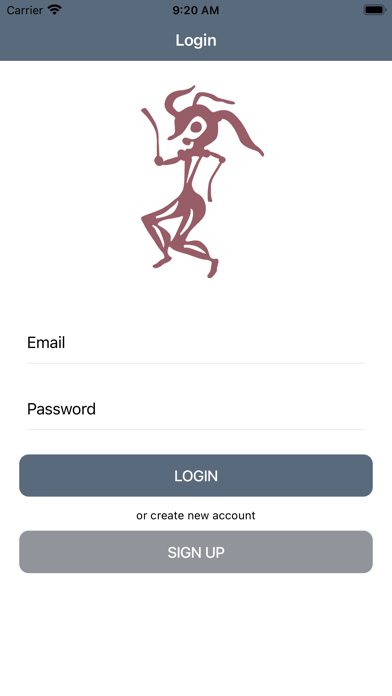CURO Clinic
com.myodynamik.curo.clinic
Total installs
0+
Rating
0.0
Released
April 25, 2016
Last updated
April 21, 2023
Category
Medical
Developer
Curo Diagnostics ApS
Developer details
Name
Curo Diagnostics ApS
E-mail
unknown
Website
unknown
Country
unknown
Address
unknown
Screenshots




Description
OVERVIEW: The CURO Human app is designed for Clinicians and Physical Trainers and works together with a MyoDynamik CURO system to record muscle contractions during periods of physical activity.
BACKGROUND: Acoustic Myography (AMG) (also known as phonomyography, sound myography, vibromyography, and surface mechanomyogram) is a technique that measures the low frequency sounds (1 Hz to 200 Hz) created during muscular activity – sounds that can often be heard with ones ear pressed up against a contracting muscle.
CLINICIANS: can use this tool to help them locate and assess a muscle related injury. Our CURO system and purpose built sensors are capable of accurately recording the contractions made by active muscles – no need to shave or prepare your subject.
PHYSICAL TRAINERS: can use the CURO to better assess a subject’s strength, endurance, efficiency and coordination as well as better identify muscle injuries and follow their recovery.
- Simply select the muscle/muscles of interest using our app
- Rub in our acoustic gel to ensure good acoustic contact with the skin
- Place our sensor on the gel
- Tape the sensor in place with the bandage provided
- Connect the sensor to the CURO
- Activate the CURO and establish a WiFi link with our app
- Start recording in real-time
The applications for which the CURO has been tested include:
- Muscle imbalance assessment – examining gait issues
- Muscle disease or wasting assessment
- Muscle performance assessment – following a re-training program
- Muscle fatigue assessment
The CURO system not only presents muscle sounds in real-time it also provides a real-time balance score to enable you to detect muscle imbalances with the aid of our unique ESTiTM Score.
AMG-measurements are sent to an iPad so you can immediately see how your muscles function.
ESTi TM INTERPRETATION: The CURO system is unique in that it measures the number of active fibers (spatial summation; S) and the frequency with which they contract (temporal summation; T) as well as the way in which the Central Nervous System (CNS) recruits and uses the active fibers in a muscle (synchrony/efficiency; E). It is only by combining the timing aspect of muscle fiber contraction that one can start to assess the synchrony with which the CNS recruits active fibers in a muscle – and in so doing, more accurately determine the significance of both the signal amplitude and frequency.
E - Efficiency: the E-parameter refers to the period of muscle fiber activity during a recorded period of exercise – muscle efficiency. A high score obtained during moderate to high levels of exercise is a sign of a very well trained and highly coordinated / efficient muscle movement.
S – Spatial summation: the S-parameter refers to the number of muscle fibers recruited during a movement, as part of exercise or a muscle contraction. A low score obtained during moderate to high levels of exercise is a sign of a very well trained and highly coordinated muscle movement.
T – Temporal summation: the T-parameter refers to the speed with which muscle fibers are activated repeatedly during a movement, as part of exercise or a muscle contraction. A low score obtained during moderate to high levels of exercise is a sign of a very well trained and highly coordinated muscle movement.
In addition to these individual scores, the CURO system calculates the ESTi Balance for muscle groups – allowing the user to quickly assess muscle imbalances in the body that could give rise to lameness or early fatigue and muscle soreness.
ESTi Balance: ± 10% from ZERO = MILD IMBALANCE
± 20% from ZERO = MODERATE IMBALANCE
> ± 20% from ZERO = SERIOUS IMBALANCE